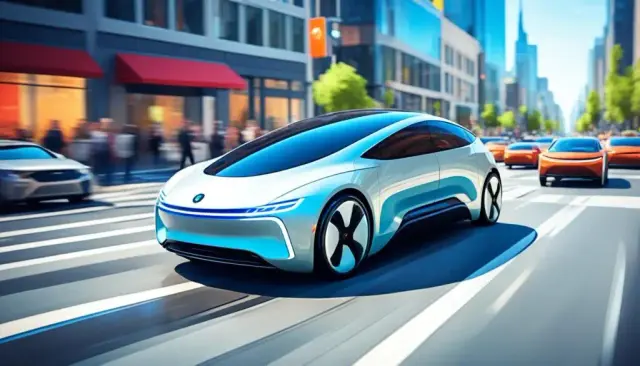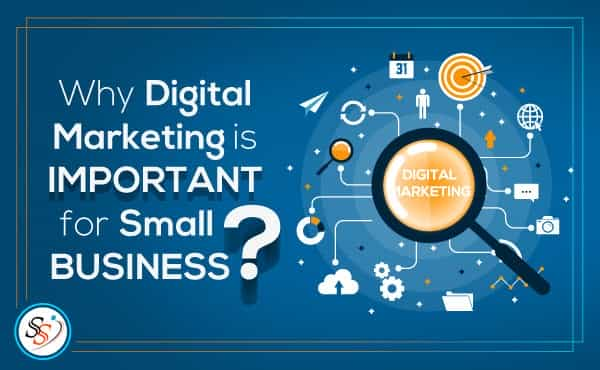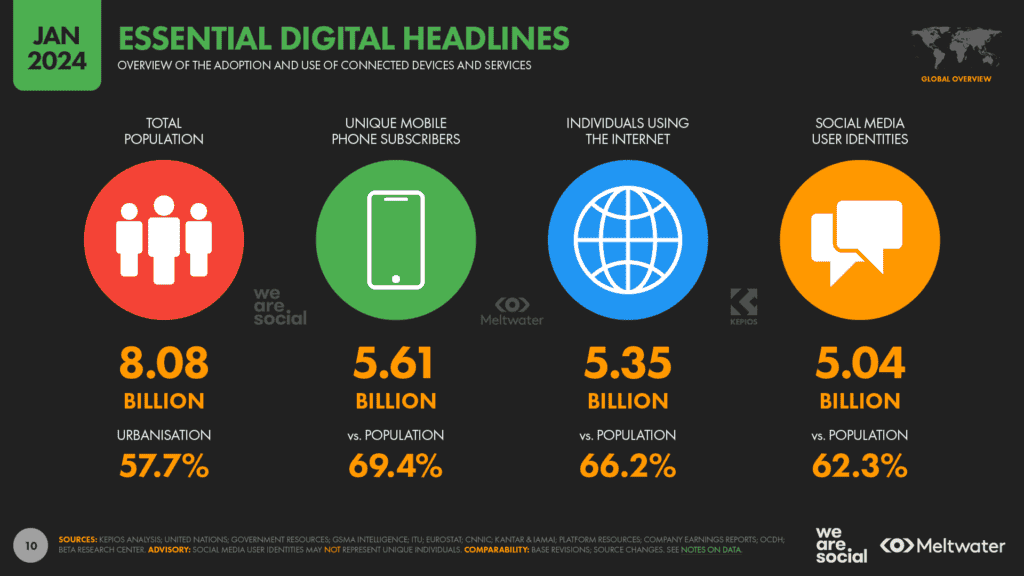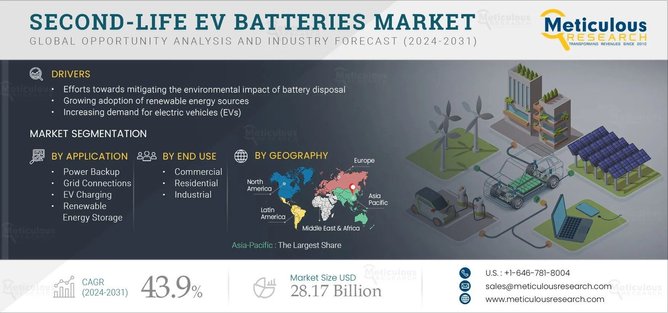How Autonomous Vehicles Will Accelerate EV Adoption
Mia Anderson

Photo: How Autonomous Vehicles Will Accelerate EV Adoption
The global shift toward electric vehicles (EVs) is gaining momentum, driven by environmental concerns, government policies, and technological advancements. However, one catalyst that often goes underappreciated is the advent of autonomous vehicles (AVs). Combining automation with electrification is not only reshaping transportation but also has the potential to dramatically accelerate the adoption of EVs.
This article explores how autonomous vehicles are poised to influence the EV market, the synergies between these technologies, and the broader implications for the future of mobility.
The Growing EV Market and the Role of Automation
The Surge in EV Popularity
Over the last decade, the adoption of EVs has been steadily rising. According to the International Energy Agency (IEA), global EV sales surpassed 10 million units in 2022, marking a 55% increase from the previous year. This growth has been propelled by falling battery costs, expanded charging infrastructure, and increased consumer awareness of environmental benefits.
Autonomous Vehicles: A Complementary Innovation
Autonomous vehicles, defined as cars capable of navigating without human intervention, are an innovative force in the transportation sector. Companies like Tesla, Waymo, and GM Cruise are at the forefront of developing self-driving technologies. The synergy between AVs and EVs stems from shared goals reducing emissions, improving efficiency, and enhancing the overall driving experience.
How Autonomous Vehicles Drive EV Adoption
1. Lower Operating Costs
Autonomous vehicles are designed to optimize driving efficiency. Unlike human drivers, they avoid sudden accelerations, harsh braking, and inefficient routes, which can significantly reduce energy consumption. Paired with EVs, which already offer lower per-mile operating costs compared to internal combustion engine (ICE) vehicles, this creates a compelling economic advantage for fleet operators and individual consumers alike.
- Fleet Electrification: Companies that operate fleets, such as delivery services or ride-hailing platforms, are increasingly looking at autonomous EVs to reduce costs. For example, an autonomous EV can run nearly continuously, minimizing downtime and maximizing profitability.
2. Shared Mobility Revolution
The rise of autonomous EVs is expected to transform the concept of car ownership. Shared mobility services, such as autonomous taxis, can make EVs more accessible to the public without requiring individuals to buy and maintain their own vehicles. This democratization of EV access can lead to faster adoption, especially in urban areas.
- Example: Waymo, Google’s self-driving car subsidiary, already operates a fleet of autonomous EVs for ride-hailing in select U.S. cities, showcasing the potential of this business model.
3. Enhanced Infrastructure Integration
Autonomous vehicles rely on sophisticated software and sensors to navigate. These systems can integrate seamlessly with smart grids and charging networks, enabling more efficient energy usage. For instance, autonomous EVs can autonomously drive to charging stations during off-peak hours, balancing grid demand and lowering energy costs.
Challenges and Potential Barriers
Infrastructure and Technology Gaps
Despite their potential, the widespread deployment of autonomous EVs faces significant challenges. The infrastructure required for autonomous driving, such as advanced road sensors and 5G networks, is still underdeveloped in many regions. Additionally, battery technology must continue to advance to support the energy needs of self-driving systems.
Regulatory and Public Perception Issues
Public trust in autonomous technology remains a barrier. Accidents involving self-driving cars have raised concerns about their safety and reliability. Coupled with evolving regulations that vary across jurisdictions, these hurdles must be addressed to facilitate widespread adoption.
The Environmental Impact of Autonomous EVs
Reduced Carbon Emissions
Electric vehicles produce zero tailpipe emissions, and when combined with renewable energy sources, they offer a pathway to carbon-neutral transportation. Autonomous EVs amplify these benefits by optimizing routes and minimizing traffic congestion, further reducing emissions on a per-mile basis.
Decline in Resource Consumption
By promoting shared mobility, autonomous EVs can reduce the total number of vehicles on the road, lowering the demand for raw materials like lithium, cobalt, and nickel, which are critical for battery production. This shift can lead to a more sustainable supply chain and lessen the environmental footprint of the automotive industry.
Looking Ahead: The Future of Transportation
Policy Support and Incentives
Governments around the world are recognizing the dual benefits of autonomous and electric vehicles. Policies such as tax credits for EV purchases, grants for autonomous vehicle development, and investments in smart infrastructure are critical to accelerating the adoption of these technologies.
- Example: The European Union’s “Fit for 55” program aims to cut greenhouse gas emissions by 55% by 2030, with autonomous EVs playing a key role in achieving this target.
A Paradigm Shift in Urban Planning
The widespread adoption of autonomous EVs will also reshape urban landscapes. With fewer cars on the road and reduced parking requirements, cities can allocate more space to green areas, pedestrian zones, and public transportation. This transformation supports a more sustainable and livable urban environment.
Conclusion
The convergence of autonomous vehicles and electric vehicles represents a pivotal moment in the evolution of transportation. Autonomous technology not only complements the advantages of EVs but also addresses key barriers to their adoption, such as cost and accessibility.
While challenges remain, the potential benefits ranging from lower emissions to enhanced mobility make this integration an essential part of the future. As innovations continue to unfold, autonomous EVs are set to drive a cleaner, smarter, and more efficient transportation era.
By embracing the synergy between these groundbreaking technologies, society can accelerate the transition to a sustainable future while reaping the economic and environmental rewards of this transformation.
Marketing
View All
January 22, 2025
The Future of Digital Marketing RevealedExplore where digital marketing is headed in the next decade. From AI to VR, see what’s shaping the future of online marketing. Don’t get left behind!
Mia Anderson

January 21, 2025
Why Digital Marketing is Vital for SMBsDiscover why small businesses must adopt digital marketing in 2024. Learn tips and tactics to compete in the digital age. Take your business online today!
Mia Anderson

January 23, 2025
Social Media in Digital Marketing 2024Learn how social media is revolutionizing digital marketing in 2024. Boost your brand with actionable tips for viral campaigns!
Mia Anderson
Entertainment
View AllExplore the latest trends in fan fiction for 2024. Learn what fan fiction is, its impact on media, and why it’s a thriving creative outlet. Read now!
Mia Anderson
Discover the best streaming services of 2024 with our in-depth reviews. Find out which platforms offer the best value and why you should choose them. Read now!
Mia Anderson
Discover the top podcasting trends of 2024 and stay ahead in the industry. Learn how to leverage new insights click now to future-proof your podcast!
Mia Anderson
Unlock the secrets to an unforgettable movie trivia night with our ultimate guide. Get tips, trivia questions, and game ideas to boost your event's fun!
Mia Anderson
Automotive
View AllUnlock the secrets to getting top dollar for your car! Prep, price, and promote effectively.
Read MoreLearn how second-life EV batteries are helping reduce environmental impact by providing sustainable energy solutions.
Read MoreCompare trends in luxury and budget EV offerings. Find out which one suits your needs and budget in 2024.
Read MorePolular🔥
View All
1
2
3
4
5
6
7
9
10
Technology
View All
September 15, 2024
Discover the Best Project Management Software of 2024
Discover the best project management software of 2024! Uncover top picks, latest trends, and expert reviews. Click now to streamline your projects!

December 10, 2024
Best Tech Gadgets for Remote Workers in 2024 – Don’t Miss These!
Boost your productivity with the top tech gadgets for remote work! Click to discover must-have tools to enhance your work-from-home setup.

August 29, 2024
Top SaaS Trends Shaping Business Success in 2024
Discover the latest SaaS trends revolutionizing businesses in 2024. Learn how these innovations can boost efficiency and drive growth. Read now!
Tips & Trick






















